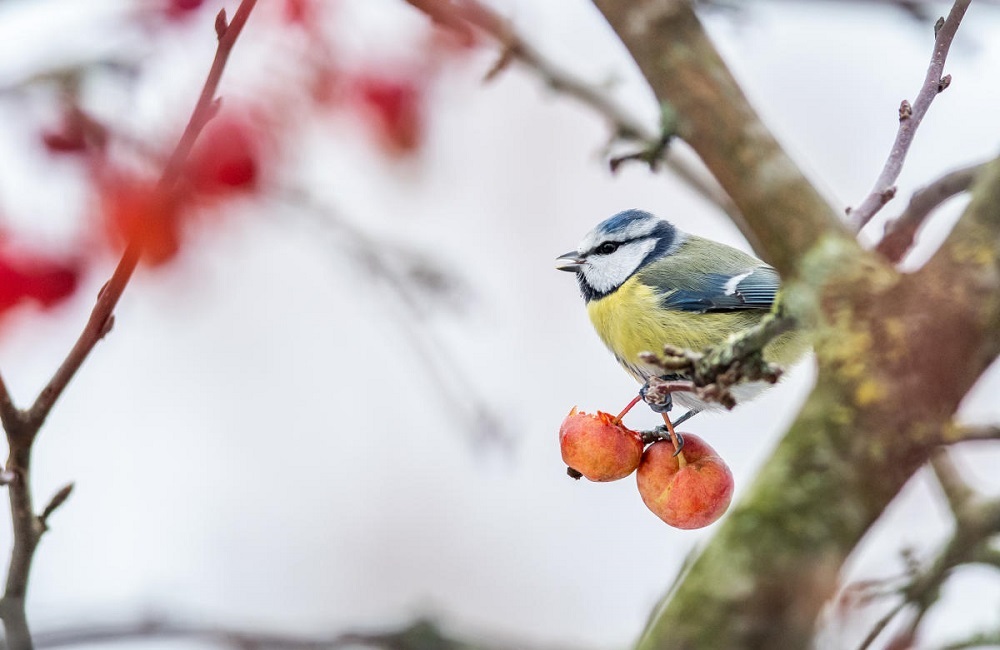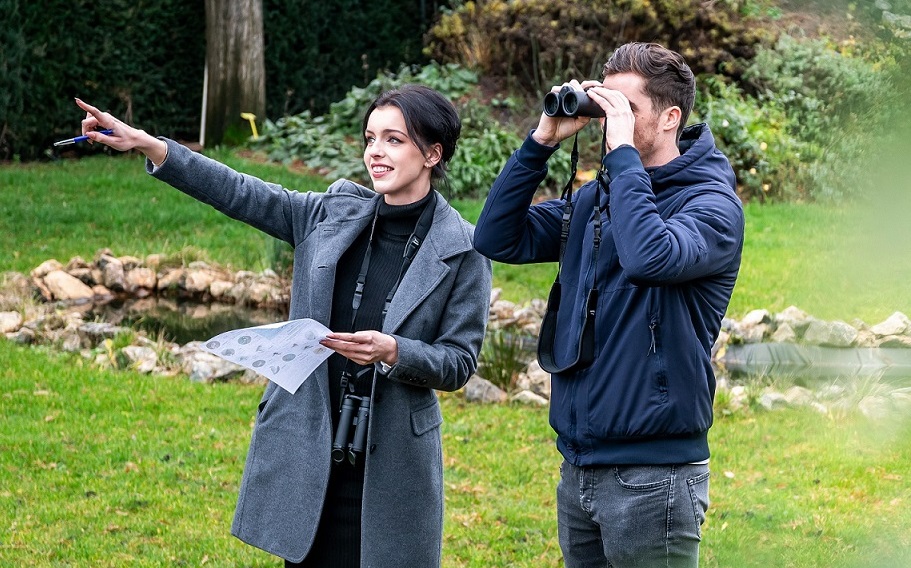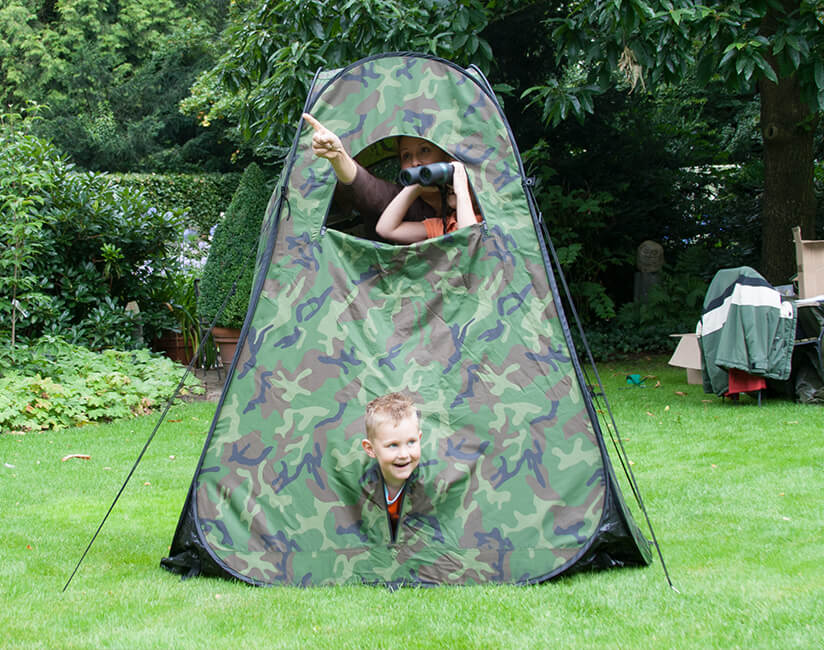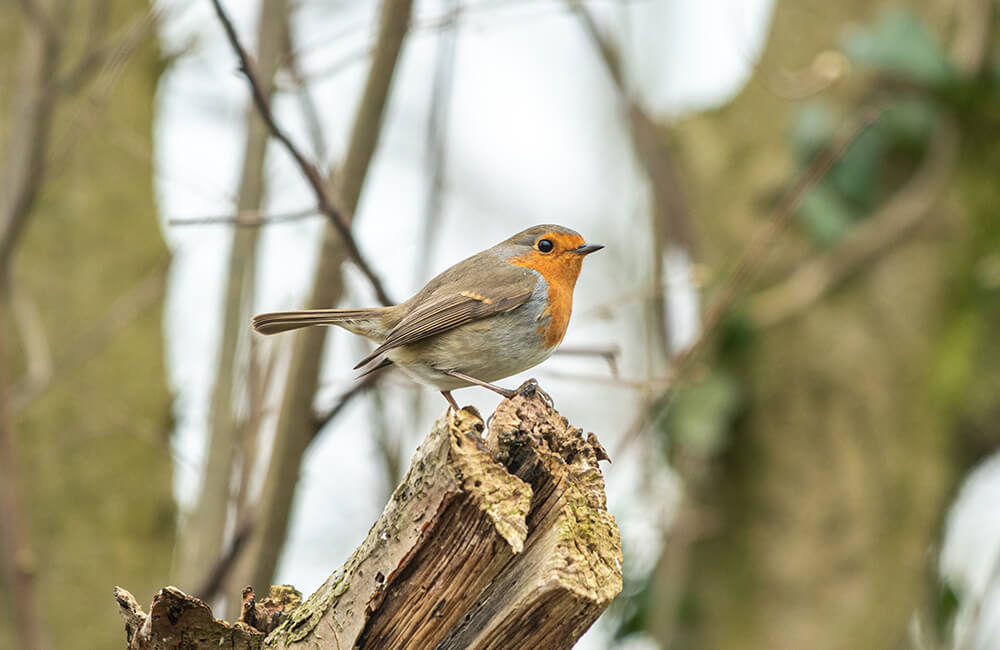Birdwatching, or birding, is a rewarding way to connect with nature, observe fascinating wildlife, and develop a deeper appreciation for the natural world. Whether you live in the countryside or a bustling city, birds are everywhere, making this hobby accessible to everyone.
If you’re new to birdwatching, this guide will help you get started with essential tips, equipment recommendations, and advice on where to spot birds.
Why start birdwatching?
Birdwatching is more than just a pastime; it offers numerous benefits:
- Relaxation and mindfulness – Observing birds in their natural habitat encourages patience and focus, reducing stress.
- A connection with nature – Whether in your garden, a local park, or a remote woodland, birdwatching helps you engage with the natural environment.
- An accessible and inexpensive hobby – You don’t need expensive gear or travel far to enjoy birdwatching. Many birds can be spotted from your own window.
- A lifelong learning experience – Birds display diverse behaviors, calls, and migration patterns, making every birdwatching trip unique.


What you need to get started
You don’t need much to begin birdwatching, but a few key items will enhance your experience:
- Binoculars
A good pair of binoculars helps you see birds clearly without disturbing them. For beginners, an 8x42 model is a great choice, offering a balance of magnification and field of view.
- A Field guide
A bird identification book or an app will help you recognize different species. Choose a guide specific to your region for more accurate information.
- A notebook or birding app
Keeping a birding journal or using an app allows you to track the species you see and note behaviors, locations, and weather conditions.
- Comfortable clothing
Dressing in muted colors helps you blend into the surroundings. Layered clothing is ideal, especially when birdwatching in colder months.
Where to go birdwatching
Birds can be found in a variety of habitats, from urban parks to remote wetlands. Here are some of the best locations to spot them:
- Your own garden or balcony – Start by observing common garden birds like robins, sparrows, and blackbirds. Providing bird feeders and water can attract a variety of species.
- Local parks and nature reserves – These areas often have diverse habitats, attracting woodland, wetland, and meadow birds.
- Lakes, rivers, and coastal areas – Waterfowl such as ducks, herons, and kingfishers thrive in these environments.
- Forests and woodlands – Home to woodpeckers, owls, and finches, forests provide excellent birdwatching opportunities.


Birdwatching tips for beginners
- Start early
Birds are most active in the early morning, so heading out at dawn increases your chances of spotting a variety of species.
- Be quiet and patient
Birds are easily startled by sudden movements and noise. Walk slowly, stay quiet, and observe patiently.
- Use your ears as well as your eyes
Many birds reveal themselves through their songs before they are seen. Learning to recognize bird calls can help with identification.
- Respect nature
Avoid disturbing birds, especially during nesting season. Stick to paths and follow ethical birdwatching guidelines.
- Join a birdwatching group


What birds to look out for?
As a beginner, start with easy-to-identify species commonly found in your area. In the UK, for example, look for:
- Robin – A small, red-breasted bird often seen in gardens.
- Blue tit – A colorful bird with a distinctive blue and yellow plumage.
- Blackbird – A common songbird with a beautiful melodic call.
- Woodpigeon – Large and often seen in parks and gardens.
- Magpie – A striking black-and-white bird known for its intelligence.


Birdwatching is a wonderful way to slow down and appreciate the natural world. Whether you’re watching birds from your garden or exploring new landscapes, every sighting brings a sense of wonder. With a little patience and practice, you’ll soon develop the skills to identify different species and enjoy the fascinating world of birds.
So grab your binoculars, step outside, and start your birdwatching adventure today. Happy birding!
